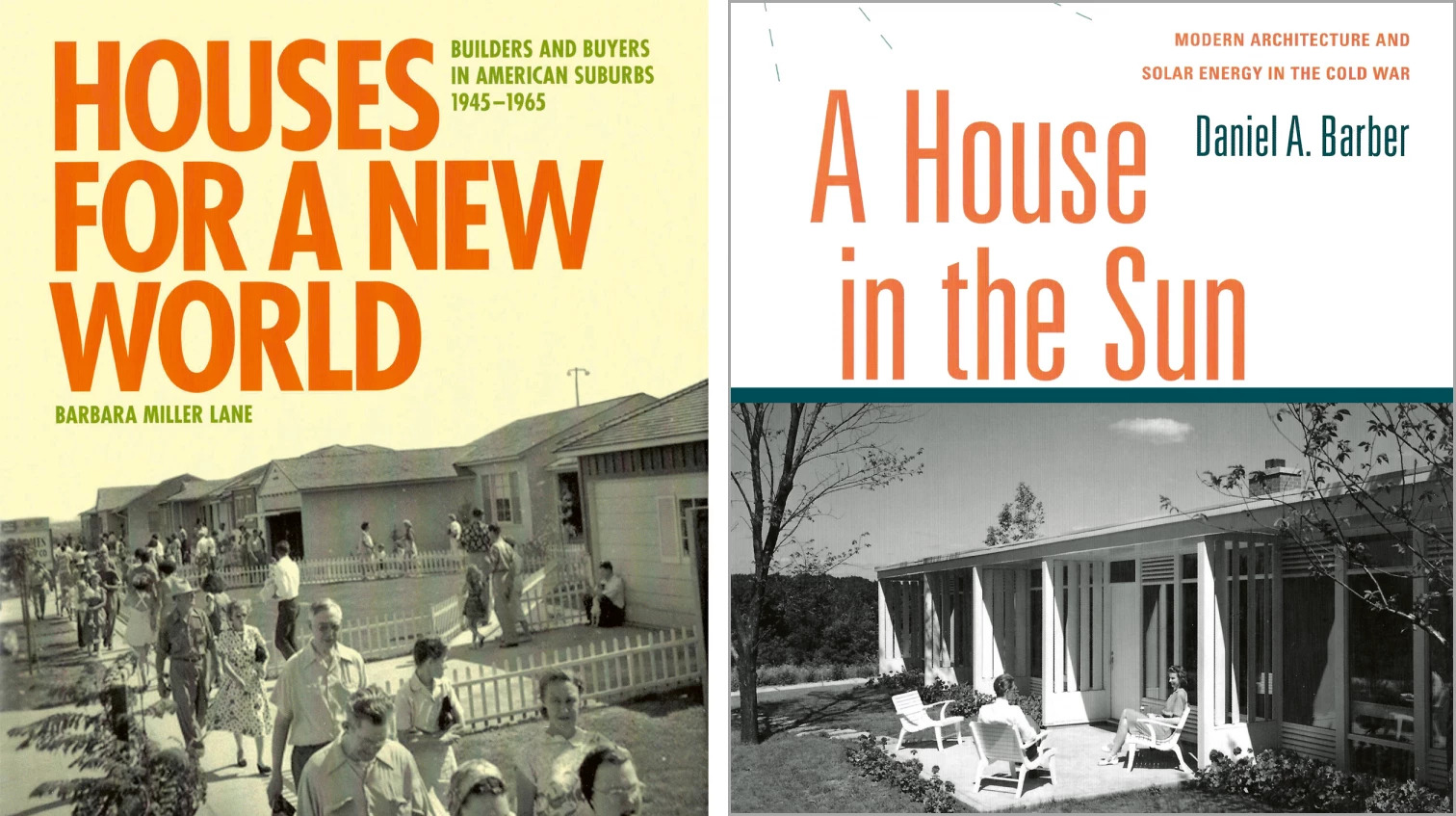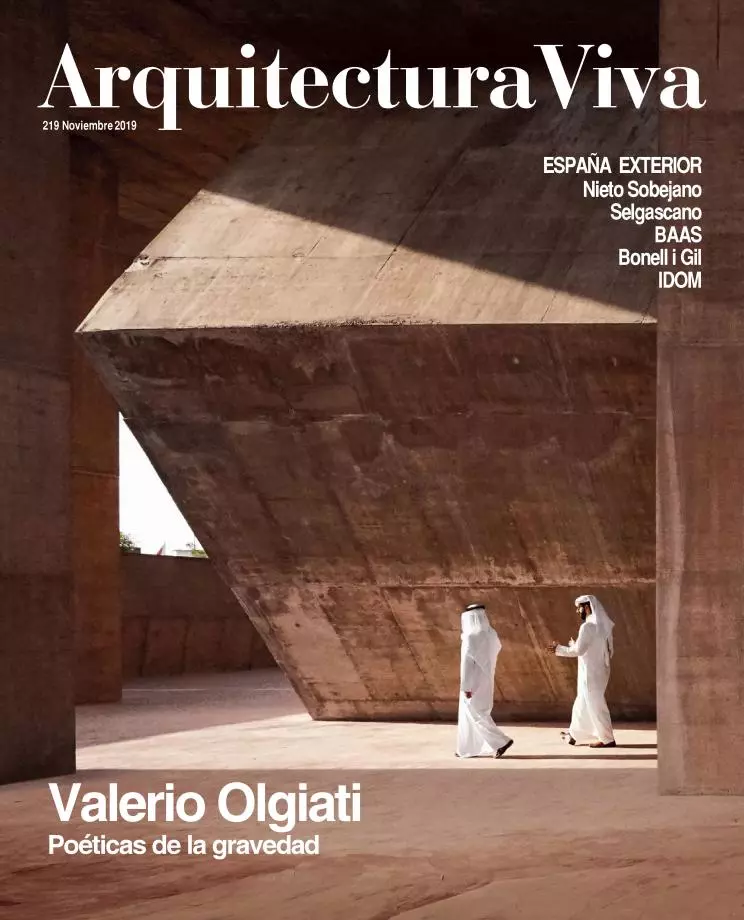
Many adjectives have been used to describe architectures that our contemporary world has built and continues to build, but which histories have excluded: ‘popular,’ ‘realist,’ ‘trivial,’ ‘conventional,’ capitalist,’ even ‘ugly.’ Such adjectives have almost always served to support denigratory judgments coming from the ivory tower of modern good taste. But sometimes they have made it possible for works of dubious pedigree to become like myths: from Las Vegas extolled by Venturi and Scott Brown to Los Angeles fondly X-rayed by Banham, through the Singapore we contemplate with dreamy eyes thanks to Koolhaas.
Acceptance of this upholding of the banal – modestly, of course, and in a fundamentally academic way – is the purpose of Houses for a New World: Builders and Buyers in American Suburbs, 1945-1965. Focusing on the glorious years of the consumerist new middle classes in the United States, it is a well documented scan of types typical of sprawl, the spread-out American city so lambasted in Europe.
The thesis is that the dwelling of American suburbia was essentially an invention of developers, not so much of architects. A truly successful invention not only because it satisfied the aspirations of middle classes in the making, but also because it came into being in a vertiginous way. Miller estimates that in a matter of two decades, 13 million suburban homes went up in the US. They were built in reactionary styles – ‘ranch,’ ‘colonial,’ ‘pioneer’ – but naturally incorporated the catalog of domestic appliances, installations, and materials that are now canonical elements of any modern residence.
Given the banality of the architecture she analyzes, Miller’s endeavor is more sociological than architectural, so of greater interest is A House in the Sun: Modern Architecture and Solar Energy in the Cold War. Armed with data, it tackles one of the types that fueled the dynamic culture of 1950s and 1960s USA: the solar house. Its thesis is that far from being an expression of hippies, ecologists, phenomenologists, and other ‘outsiders,’ the solar house was in great measure promoted by public organisms, whether government admnistrations or universities.
Following in the wake of other attempts to align architecture to politics – such as Felicity Scott’s Architecture or Techno-utopia: Politics after Modernism – but with more technical precision, Barber presents the full process of the birth, development, and fall of the solar house, from the mid-1950s – time of the rather poor first attempts to integrate the new solar technology into housing – to the oil crisis of the early 1970s, when the ultratechnical and politically directed solar house was wrecked by anarcho-ecologist ‘do-it-yourself.’ Here the author points out several key moments: the creation of the MIT Solar Energy Fund; the spread of solar ideology through professional magazines; the bid to improve the environmental quality of sprawls; and the engineer Maria Telkes’s influence in the effort to make the solar house a mechanism for reducing economic inequality in the world.







